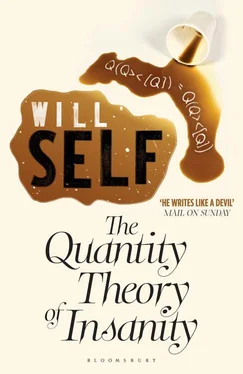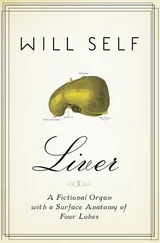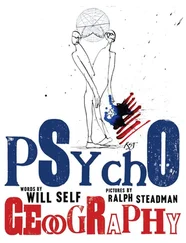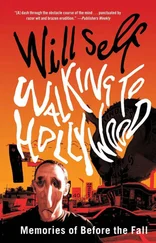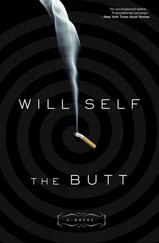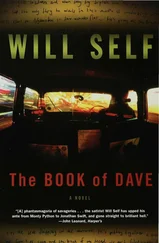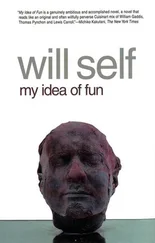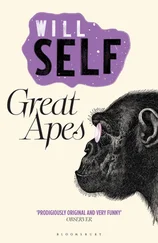So I began by telling them of the grey cold afternoon in suburban Birmingham, when, labouring to complete the index to an American college press’s edition of my doctoral thesis, ‘Some Social Aspects of Academic Grant Application in 1970s Britain’, I was visited in one pure thought bite with the main constituents of the theory as we know it today.
At least that would be one way of looking at the experience. Seen from another angle the Quantity Theory was merely the logical conclusion of years of frustrated thinking, the butter that eventually formed after the long rhythm of churning. I have often had occasion to observe — and indeed Stacking has recently and belatedly stated the observation as a tentative syndrome which he expresses: (Á → Å). Where Å = a subsequent state of affairs — that events are reconstructed more than they are ever constructed.
Once you have published, grown old and then died, the events surrounding the original theoretical discovery with which you have been associated take on an impossible causal direction and momentum. One which certainly wasn’t apparent at the time. Scientists are particularly prone to this syndrome. For example, take Gödel and his Incompleteness. Once he had made the proposition, everything in his life had necessarily led up to that moment, that piece of work. Thus, when the infant Gödel cried in his cot, the particular twist of phlegm striations, wafted in his gullet by his bawling, implied that no logical symbolic system can construct full grounds for its own proof. Poor Gödel, his breakdowns, his anorexia, all of them inextricably bound up with his fifteen minutes of academic fame. Why?
Well, put simply, when aberrant events occur they become subject to the same principle — at the level of human, social observation — as particles do to instrumental observation at the sub-atomic level. The effect of observation has a direct impact on the nature of the event, altering its coordinates as it were, although not in any simple dimension. I mean, if an aberrant event occurs it doesn’t then occur in another place or time because of the attention it subsequently attracts. It doesn’t retroactively take up that other position or time, or even rate of occurrence before it has in fact taken place. That would be absurd.
Rather all of these: the effect of observation on aberrant events tends to be the reversal of their causality, their causal direction. However, there is no reversal of necessity as far as the occurrence of P is concerned — and I think this is something that has been ignored.
So when I ‘thought up’ the Quantity Theory of Insanity, I was in fact being caused to think it up by the subsequent fact of the general reaction that occurred: public commotion, academic furore, even a front-page paragraph in the quality press. Let me make this clearer by means of an example: with murders, to take a commonplace aberrant event, this syndrome is so obvious that it hardly arouses any comment. X commits a murder, or he apparently commits a murder. Perhaps it was a very unfortunate accident? Maybe he was arguing with Y and pushed her rather too vigorously and she tripped on the lino and dashed her brains out on the edge of the gas cooker, just like that. Furthermore, perhaps X, crazed with grief, went mad, cut up Y and buried her in the garden. Subsequently caught, X was then retrospectively branded ‘psychopathic’, by anyone and everyone who had any connection with him. ‘Oooh, yairs,’ says a neighbour, ‘the way he rattled those empty milk bottles together when he put them out on the front step, there was something demonic about it.’ X, once upstanding, loyal, prone, perhaps, to the same slight eccentricities as anyone — G, for example, although let us not bandy capitals — has been ruined, now and in the past, by the observation factor.
None of this, you can now appreciate (and perhaps always have), is by way of digression. If we are to talk meaningfully of my life, and of the part that I played in the origination of Quantity Theory, we must be able to account for observational factors — and then be able to ignore them. Ironically, given the tendency to subordinate the individual consciousness to some creative zeitgeist, I turn out to be the best possible Quantity Theory historian. After all, I was there. Which is more than can be said for Musselborough, Nantwich and the rest of those twerps.
Well, then. My own early life was fraught with neurotic illness. The debacle surrounding my analysis by Alkan is well known to the public, so there’s no point in trying to hide it. The received understanding about my background, my early life, my schooling, and indeed my undergraduate studies with Müller, is that they were all spectacularly mundane. My circumstances and character — if you listen to these biographers — had the absolute banality of a Hitler. They were so ordinary, that reading the facts on paper one could only conclude that they had been recorded as the prelude to some cautionary tale.
In this respect the ‘official version’ is wholly correct. Mine was a childhood of Terylene sheets, bunion plasters and Sunday afternoon excursions to witness the construction of Heathrow Airport. My parents were quiet people, who conspired together gently to live in a world where no one shitted, ejaculated, or killed one another violently. This upbringing left me morbidly incapable of dealing with the real world. I was appalled by my own body. The obsession I developed in my teens with the theoretical aspects of psychology was a logical path to take, it offered me a liberation from the nauseating, cloacal confines of my own skin.
I had no sense of being singled out as unique, or blessed. I had no suspicion that I might be the übermensch . Quite the reverse. It was painfully clear to me that I was destined to become like my father, constantly striving to stave off chaos through rigorous application to detail. My father was an actuary, but he never regarded the calculations he made all day as relating to real risks, or real people. Indeed, when asked by people what he did for a living he would invariably say that he was a mathematician.
You can see, therefore, that meeting Alkan was a godsend; his impact on me was enormous. He really had his breakdown for me insofar as it actually propelled me further into the awful mundanity I was prey to, so far and so fast that I could not help but emerge. Without Alkan’s influence I might have remained eking out my feeble studies over decades.
A bleak flatland day, that’s how I remember it. At the time I had received the first of many postgraduate grants. This one was to enable me to do some work on phrenological and physiognomic theories of the nineteenth century. I was particularly taken by the work of Gruton, an English near-contemporary and sometime collaborator with Fleiss. Gruton maintained (and it was his only real gift to posterity) that the visible nose represented only 1/8 of the ‘real’ nose. The nose we see rising above the surface of our faces was, according to Gruton, literally the tip of the psychological iceberg of hereditary predisposition. The ‘shape’ of the real, internal nose is the true indicator of character, proclivities and so forth.
In the 1880s Gruton developed a system of measuring the internal nose using very bright spotlights inserted into ears, eyes and indeed the nose itself. The patient’s head was shaved and when the light was switched on, the shadow area defined on the scalp was traced on to paper. Using a complex topological equation Gruton would then cross-reference all the different projections to produce what he called a ‘nasoscope’. This then was an accurate representation of the shape of the internal nose.
The morning I met Alkan I was crossing the campus on my way back from the library to my bed-sitting-room. I had a sheaf of nasoscopes, which I’d received that morning by rail from the archivist at the Gruton Clinic, tucked under my arm.
Читать дальше
